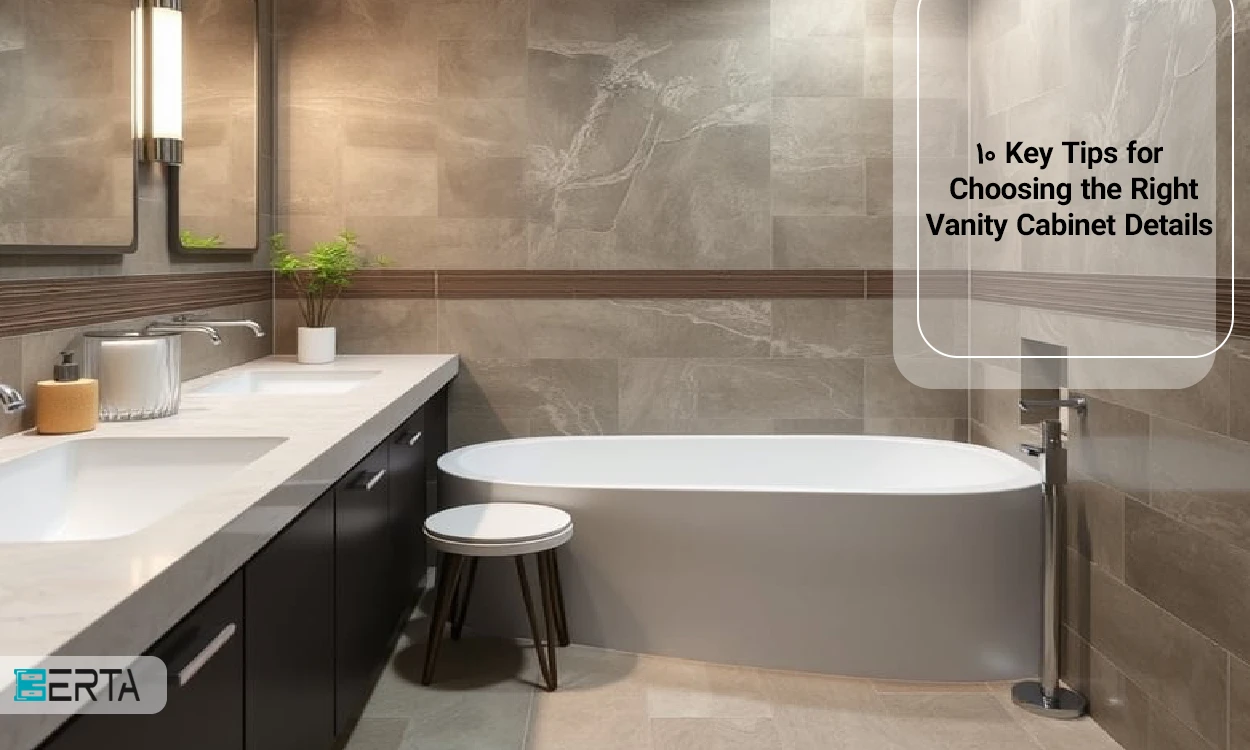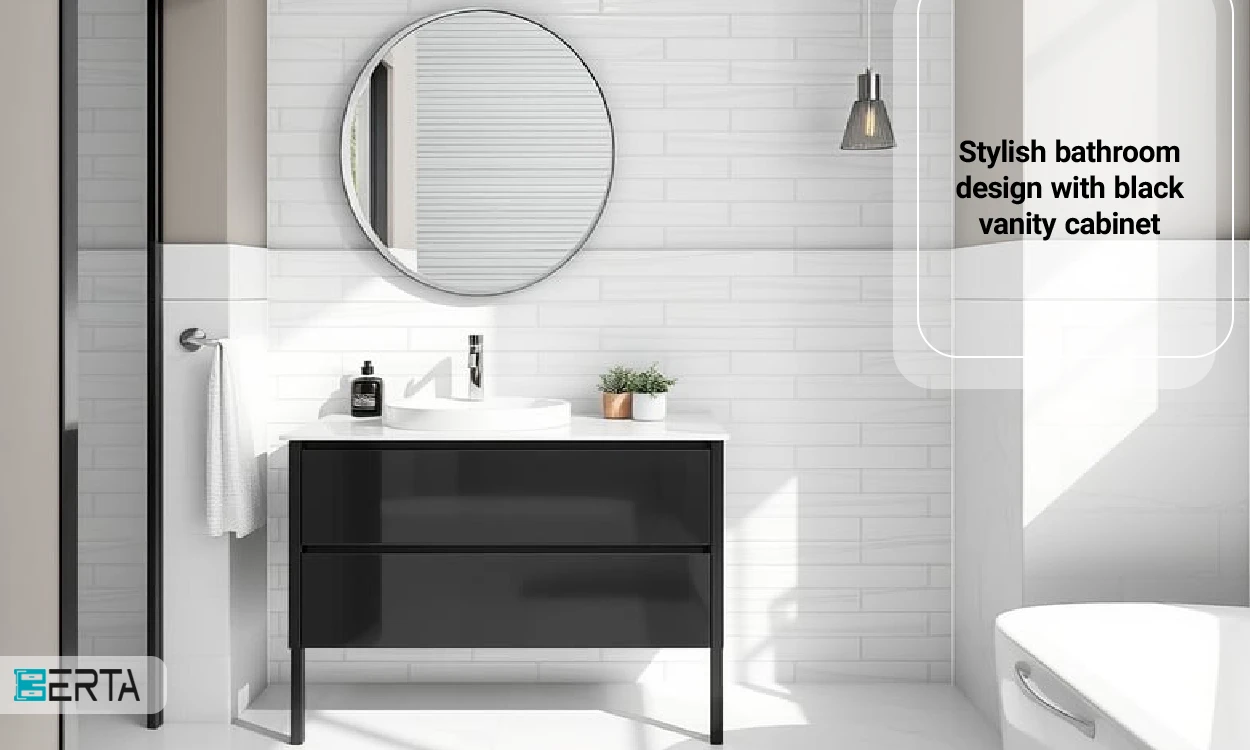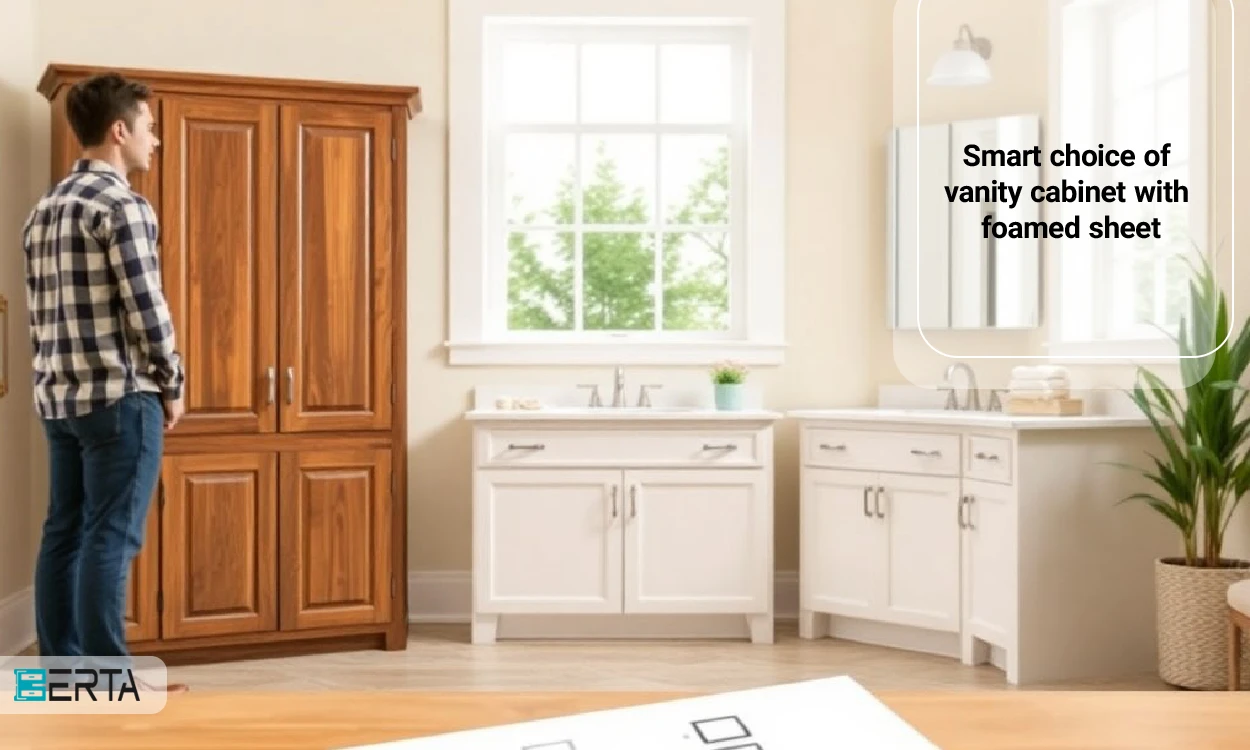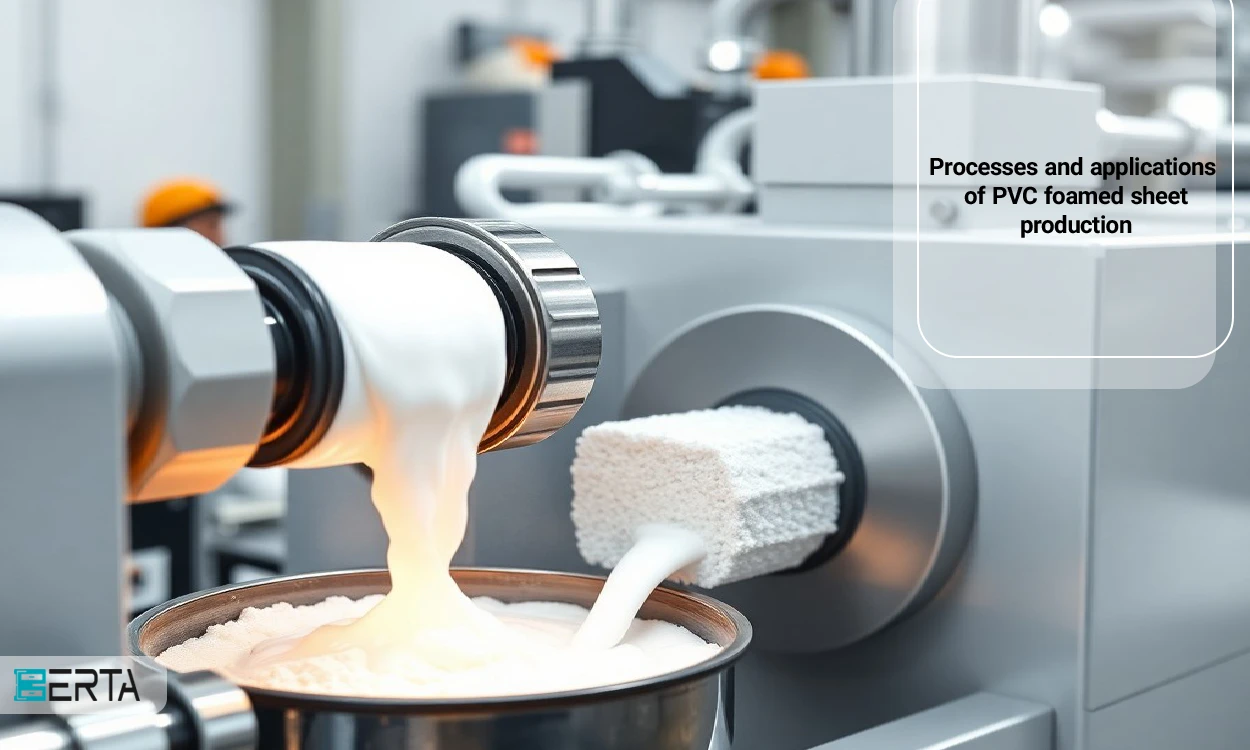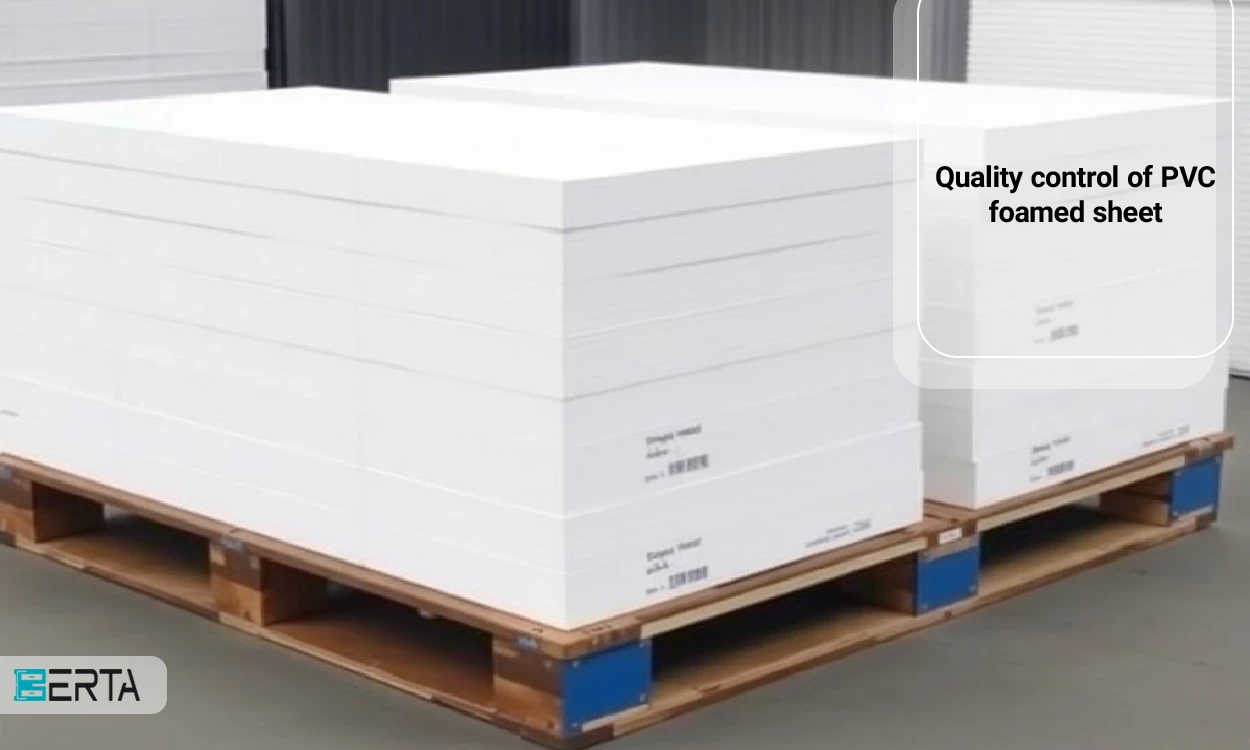It has probably happened to you that after washing the dishes, while cleaning around the sink, you use a glass of water and pour all the water inside the cabinet and around the sink, making your work more difficult. This situation not only causes more trouble but may also damage the cabinets and other kitchen appliances. But why should you make your job so difficult? Today, with the advancement of science and technology, pull-out faucets are a smart and efficient solution that can help you do your daily tasks more easily and prevent damage to cabinets. In this article, we introduce pull-out faucets, and their features, advantages, and disadvantages so that you can use this practical tool with more knowledge.
What are pull-out faucets?
The pull-out faucet is one of the most important and practical components of the kitchen, which is used to control the flow of water in the sink and other places. This type of milk is for people interested in washing dishes, fruits, and vegetables, and because of its special features, it easily improves the efficiency and experience of using water.
Features of pull-out faucets
1- Ergonomic design: Pull-out faucets are usually made with ergonomic designs that make them easy to use. This design allows users to easily control the water and access different parts of the sink.
2- Rotatable and flexible: Many pull-out faucets have 360-degree rotatability, which allows users to easily direct water in different directions. Also, some models have flexible hoses that can be easily separated from the faucet and are used to wash large dishes or even fruits and vegetables.
3- Variation in design and color: Pull-out faucets are available in a variety of designs and colors that can be coordinated with the kitchen decoration. This variety allows users to choose the right faucet for their space.
The importance of pull-out faucets in the kitchen
1- Increasing efficiency: by using pull-out taps, users can easily and quickly have water available for washing dishes, fruits, and vegetables. This is especially useful during busy times and when cooking.
2- Saving time and water: Pull-out faucets allow users to use water more effectively and prevent wastage. For example, by using flexible hoses, users can easily direct water to different parts of the sink and avoid moving dishes.
3- Beauty and style: the pull-out faucet is not only a functional device, but can also act as a decorative element in the kitchen. Modern and beautiful designs can give a special effect to the kitchen space and make it more attractive.
4- Ease of cleaning: due to the special design of pull-out faucets, cleaning the sink and its surroundings is done easily. Users can easily direct water to different places and keep the sink clean quickly.
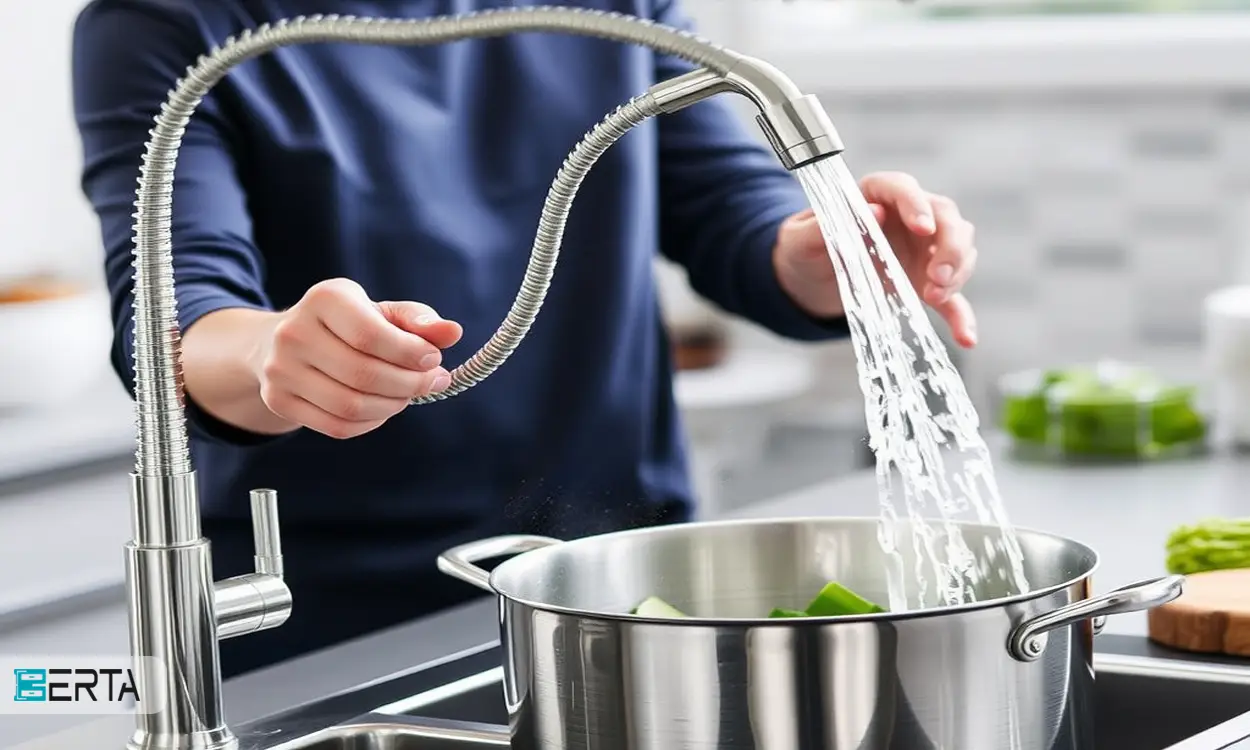
Types of pull-out faucets
Pull-out or hose faucets are designed and produced in different types. Each type of faucet has its characteristics and advantages that can meet the needs of different users. In the following, we will examine the three main types of pull-out faucets:
1- Fixed pull-out faucets
Fixed pull-out faucets refer to faucets that have a fixed base and their hose is directly connected to the faucet. These types of faucets are usually designed for everyday use and are used in many kitchens due to their simplicity and high efficiency.
Features:
- Compatibility with different sinks: These faucets are usually compatible with most sinks and are easy to install.
- Less expensive: Fixed pull-out faucets are usually less expensive than movable models.
- Easy maintenance: Due to the simple design, maintenance and cleaning of these faucets is done easily.
Disadvantages:
- Limitation in movement: Due to being fixed, users cannot easily access different points of the sink.
2- Movable drain faucets
Movable pull-out faucets refer to faucets that have a hose that can be removed from the base of the faucet and easily moved. These types of faucets allow users to easily direct water to different parts of the sink.
Features:
- High flexibility: users can easily direct the hose to any point they need, which is especially useful when washing large dishes or cleaning the sink.
- Ease of use: These faucets allow users to easily direct water to distant points and prevent water wastage.
Disadvantages:
- Higher cost: These types of faucets usually have a higher price than fixed faucets.
- More complex installation: Their installation may require more expertise.
3- Rotatable pull-out faucets
Pull-out faucets with the ability to rotate are a type of faucet that, in addition to having a movable hose, can rotate around its axis. This feature allows users to easily direct water to wherever they need it.
Features:
- 360-degree swivel: These faucets are usually capable of a 360-degree swivel, allowing users to easily access all areas of the sink.
- High efficiency: These types of faucets are especially suitable for large and busy kitchens because they allow users to easily direct water to different points.
Disadvantages:
- Higher price: These types of faucets are usually more expensive than fixed and mobile models.
- More complex installation: Like movable shower faucets, their installation may require more expertise.
Important points in choosing pull-out faucets
Choosing the right faucets can have a great effect on the efficiency and beauty of the kitchen. In this section, we will examine the important points that should be considered when choosing pull-out faucets:
1- The type and quality of materials
The type and quality of materials used in the construction of pull-out faucets are one of the key factors in its selection. Shower faucets are usually made of different materials such as stainless steel, brass, plastic, or special alloys.
- Stainless steel: These types of faucets are a very suitable option for kitchens due to their high resistance to rust and corrosion. Also, their shiny appearance helps to beautify the space.
- Brass: Faucets made of brass are also a good choice due to their durability and resistance to damage. These types of faucets usually have different coatings that prevent rust.
- Plastic: Plastic faucets are usually less expensive, but may be inferior in durability and quality to other materials. These types of faucets are more suitable for temporary use or in places of little use.
2- The size and height of the faucet
The size and height of the extraction faucets are also important points to consider. These factors can affect the efficiency and ease of use.
- Faucet height: Faucets with appropriate height allow users to use them easily. If the height of the faucet is too low, you may have trouble washing large dishes.
- Sink dimensions: Before buying a faucet, you must measure the dimensions of your sink. The faucet should be selected in such a way that it is compatible with the sink and provides enough space for comfortable use.
3- The type of installation and compatibility with the sink
The type of installation of pull-out faucets and their compatibility with the sink are also important points in choosing this tool.
- Installation type: Pull-out faucets are usually installed in two ways: installation on the sink and installation on the wall. Depending on the design of the kitchen and sink, you should choose the right type of installation. Over-the-sink installation is usually more common and easier to do.
- Compatibility with the sink: Before buying faucets, make sure that the selected faucet is compatible with your sink. Some faucets may require specific holes in the sink, so be sure to check this.
Maintenance and cleaning tips
To maintain the efficiency and beauty of biro-kash faucets, it is necessary to observe the following points in their maintenance and cleaning:
- Regular cleaning: Clean the faucets regularly with a soft, damp cloth. Do not use harsh detergents and abrasive scourers, as they may scratch the surface of the milk.
- Check for leaks: Periodically check connections and hoses for leaks. If a leak is found, repair it immediately.
- Use warm water: Use warm water and mild soap to clean the faucets. This will help remove stains and deposits.
- Prevent sediment: To prevent the accumulation of water sediments, you can use water filters. This work helps to increase the life of the faucet and improve the water quality.
- Storage at proper temperatures: Avoid exposing the faucets to very high or low temperatures. This can damage the materials and reduce the useful life of the milk.
- Inspection of hoses: Periodically check the hoses connected to the faucets and replace them if any damage or cracks are found.
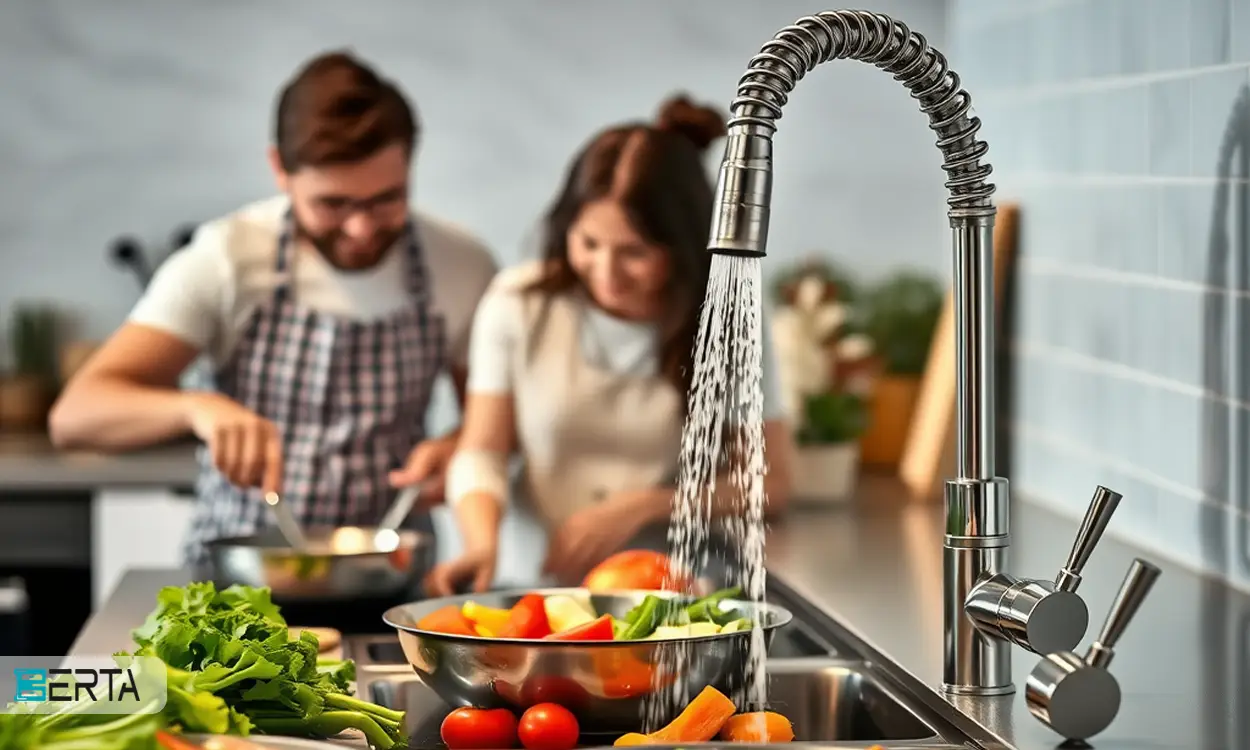
Common pullout faucet problems and solutions
Pull-out faucets may face problems due to frequent use and contact with water. In this section, we will review common problems and suitable solutions for them.
1- Leakage and other problems
Leakage is one of the common problems of pull-out faucets that can occur for various reasons. Leaks can occur at fittings, under faucets, or in hoses.
Reasons for leakage:
- Gasket wear: Gaskets may wear out over time and cause leaks.
- Hose connections: Hose connections may be loose or damaged.
- faucet failure: In some cases, the faucet itself may be damaged or defective.
Solutions:
- Replacing the gaskets: If there is a leak from the gaskets, replace them with new gaskets. This is usually simple and inexpensive.
- Tightening the connections: Tighten the hose connections using a wrench. If the leak persists, the hose or fittings may need to be replaced.
- Check the faucet: If the leak is from the faucet itself, the faucet may need to be repaired or completely replaced.
2- Simple repairs and costs
Many hose faucet problems can be solved with simple repairs. Here are some common repairs and their costs:
Common repairs:
- Replacing gaskets: The cost of replacing gaskets is usually low, and you may only need to pay for the purchase of the gaskets and the installation time.
- Replacing the hose: If the hose is damaged, replacing it is relatively simple and the cost varies depending on the type and quality of the hose.
- Adjusting Fittings: Tightening fittings is usually inexpensive and only requires the right tools.
Costs:
- The cost of replacing washers: Usually, the cost of replacing washers is between 150,000 and 600,000 Tomans.
- The cost of replacing hoses: The cost of replacing hoses may be between 300,000 and 1,500,000 Tomans depending on their type and quality.
- faucet repair or replacement cost: If the faucet is seriously damaged, the repair or replacement cost may be between 1,500,000 and 4,500,000 Tomans or more, depending on the brand and model of the faucet.
conclusion
Faucets with diverse designs and high performance play an important role in improving the cooking and washing experience. Choosing the right tap, paying attention to the type and quality of materials, its size, and height, as well as the type of installation and compatibility with the sink, are some of the key points in buying this tool. In addition, regular maintenance and cleaning of pull-out faucets can help increase their useful life and prevent problems such as leakage. Finally, by knowing the common problems and simple solutions for repair, you can benefit from the optimal performance of pull-out faucets and have a comfortable and enjoyable cooking experience. Considering all these points, pull-out faucets are considered not only a practical tool but also an aesthetic element in the kitchen space.





17938.jpg)
 Whatsapp
Whatsapp  Telegram
Telegram 

